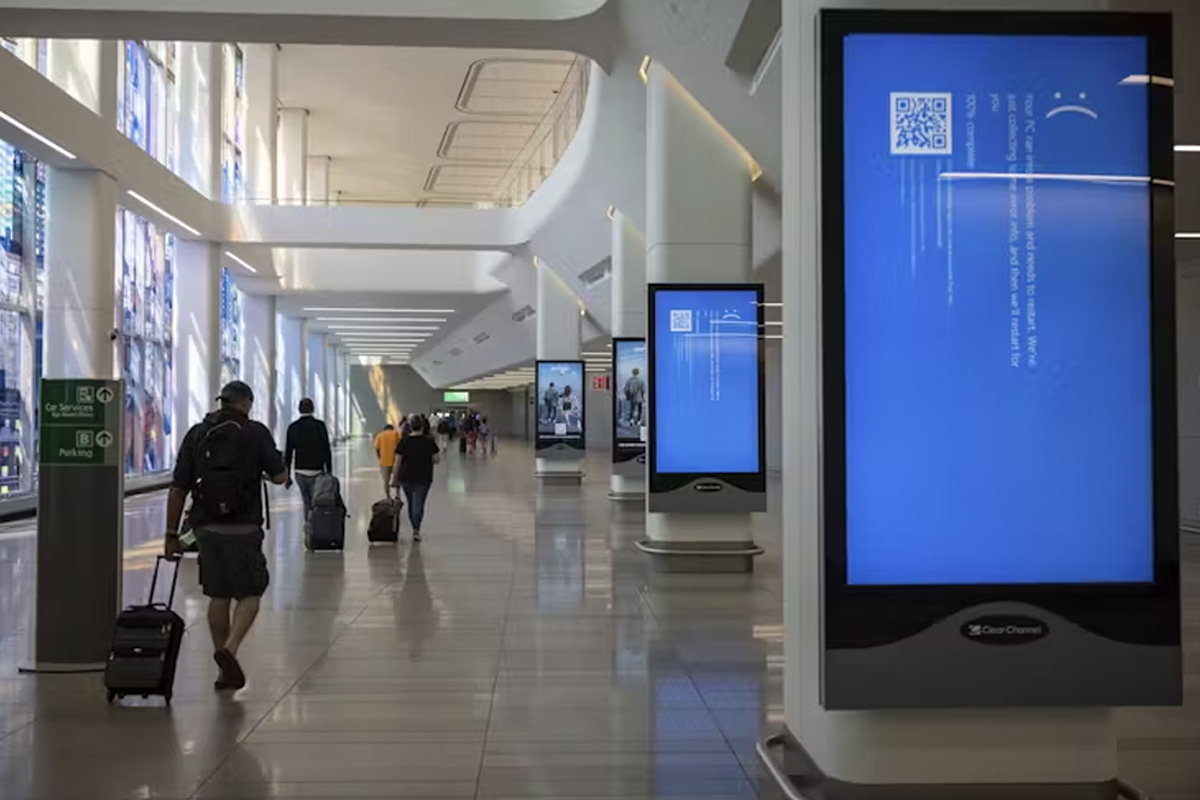A team led by UMBC’s Dipanjan Pan has developed an experimental diagnostic test to rapidly detect the novel coronavirus causing COVID-19, potentially as early as the first day of infection. Researchers designed the test to show results visually, through a color change visible with the naked eye when the virus is present. Unlike other tests, it does not require advanced laboratory techniques or tools. The American Chemical Society recently published their paper on the technique in the journal ACS Nano.

Pan is both a professor of chemical, biochemical, and environmental engineering at UMBC and professor of diagnostic radiology and nuclear medicine and pediatrics at the University of Maryland School of Medicine (UMSOM). His co-authors included UMSOM Pan Lab researchers Parikshit Moitra and Maha Alafeef, and UMBC faculty research assistant Ketan Dighe. The work also included Matthew B. Frieman, a UMSOM faculty member from the Virology Institute.
From sample to results in ten minutes
Like some other diagnostic tests, this one starts with a nasal swab or saliva sample. After the sample is retrieved, a technician extracts RNA from it through a 10-minute process. This process then uses a biosensor molecule attached to gold nanoparticles to detect a particular protein unique to the virus. When the molecule attaches to the protein, the gold nanoparticles respond by causing a chemical used in the test to turn blue.
As recent media reports have revealed, current tests that are used to diagnose COVID-19 are not always reliable, with high rates of false negatives and false positives. Pan hopes the design of this new diagnostic test will avoid some of these pitfalls.
“Many of the diagnostic tests currently on the market cannot detect the virus until several days after infection. For this reason, they have a significant rate of false negative results,” he explains. A test that can detect the presence of the virus sooner after infection would avoid this issue.
Holistic approach
“We are taking a holistic approach for sensing COVID-19 virus,” says Pan. “My lab is developing highly specific technologies for rapid sensing of the virus. A different variant of such can be deployed in the hospital settings, community-based centers, and even at home.”
Pan notes, “Our immediate goal is to continue to analyze clinical samples to confirm the laboratory-based sensitivity results with the clinical cases. If successful, this rapid detection technology will be a significant advancement in early detection of the virus.”
Pan is now pursuing emergency use authorization for the test through the U.S. Food and Drug Administration, as he develops it for commercial application.
Pan is the chief technology officer and co-founder of KaloCyte, Inc., a biotechnology company that is developing a synthetic substitute for red blood cells. KaloCyte, Inc. recently received a $300,000 investment from the University System of Maryland Momentum Fund. Pan is also a co-founder of Innsight Tech, Inc. an Illinois spin-off for developing technologies for ocular disease. His third start-up company, VitruVian Bio, has recently been formed to translate COVID-19-based biosensing technologies.
Banner image: UMBC’s Interdisciplinary Life Sciences Building, right. Photo by Marlayna Demond ’11 for UMBC.
Tags: CBEE, COEIT, COVIDresearch




